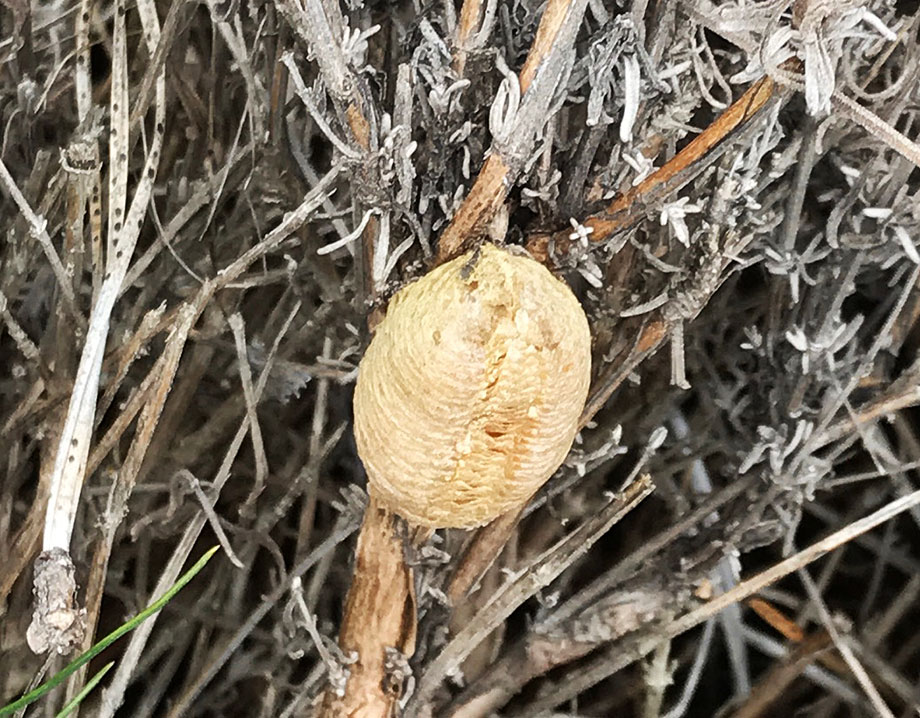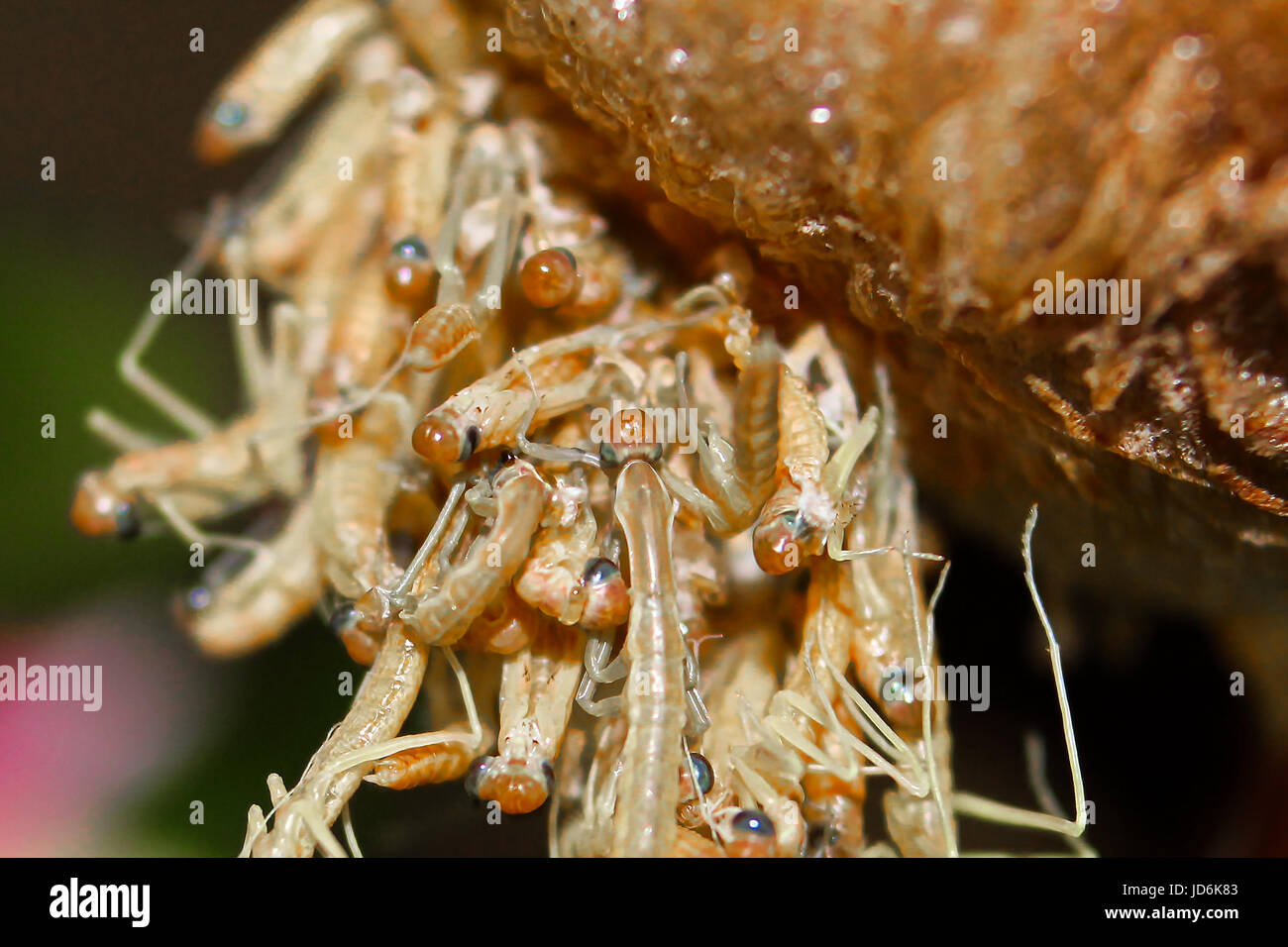Hatching Praying Mantis Egg Case Identification

The sac is about 1 inch 3 cm long rectangular with rounded edges and tan to white.
Hatching praying mantis egg case identification. The foam is called ootheca. At this stage of their life it is important that the young are separated because in a couple of days they start eating each other. The eggs are surrounded by a frothy foam which hardens into the casing. Attach the egg cases to a twig or plant about a foot or two off the ground where there s cover to protect the babies.
Hatchling praying mantis represent two distinct problems for keepers. The ootheca protects the eggs until they hatch. The first step in caring for a praying mantis egg case is selecting a. The mantis egg case on it from the tree and place it outdoors asap before the indoor heat triggers the mantis eggs to hatch.
In the bottom of the cup we place a couple layers of paper towel. I found a praying mantis egg case on my christmas tree. We had been out earlier in the year collecting many of the cases we sell and though she had seen adults earlier that summer she had never experienced the miracle of a mantis egg case hatch. Many nurseries and mail order sources now provide mantis egg cases which is the way they overwinter.
Using special accessory glands on her abdomen the mother mantis then covers her eggs with a frothy substance which hardens quickly to a consistency similar to polystyrene. She may lay just a few dozen eggs or as many as 400 at one time. Line the base with vermiculite. How to look after hatch a praying mantis egg case ootheca choose a suitable container as an incubator.
Each praying mantis egg case will hatch about 100 200 tiny mantises all at once. Don t try to rip the egg case off the tree or you. Once the praying mantids hatch offer food within 24 hours or they may start eating. Praying mantis egg case identification and all about praying mantises posted on february 25 2020.
About 2 months ago i brought home an unusual gift for my wife a praying mantis egg case in a terrarium. When the female produces the ootheca it is soft but very quickly it will dry to become firm en tough. As the weather warms in spring the eggs hatch into baby mantises which look just like the adults. In order to hatch they ll need several weeks of warm weather so they can sense that summer and pest insects for food has arrived.
Expect the egg case to hatch in 3 10 weeks. This egg case is called an ootheca. Praying mantis egg cases are produced in the late summer by one female praying mantis and can contain around 200 individual eggs that will hatch in the spring. Every species of mantis has a different color size and shape of ootheca.
Using a 32oz insect cup with vented lid we make 2 slits in the lid and run a zip tie through it using it to secure the egg case to the lid so that the gills are facing downward. The eggs of a mantis are enclosed in a foamy pouch called an ootheca or egg sack.
















